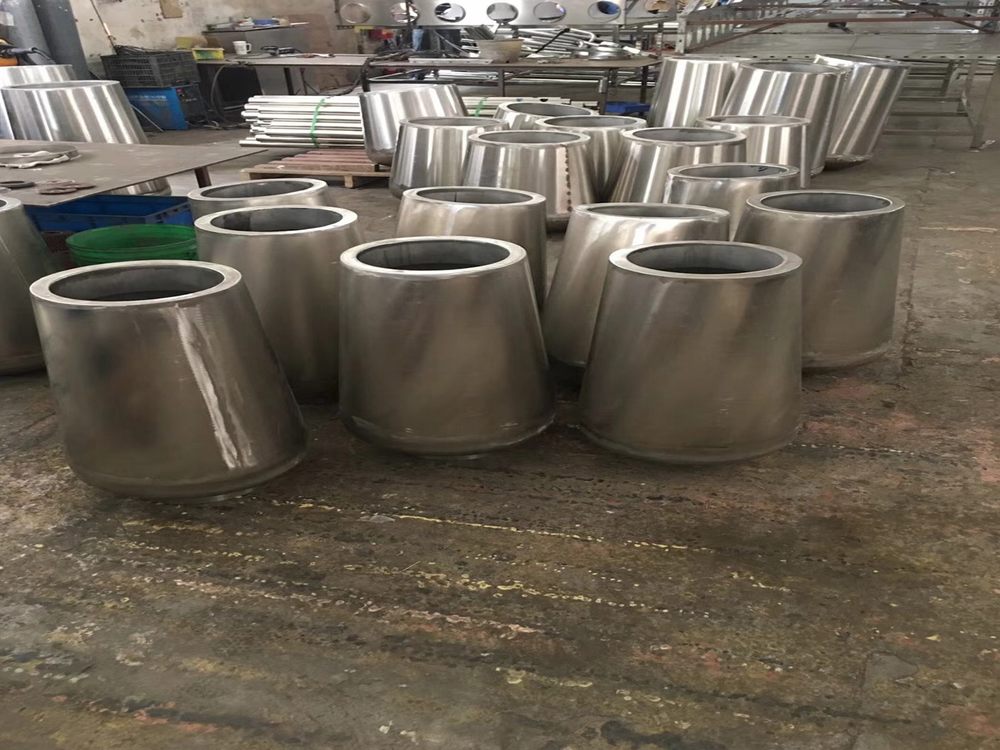
The texture of a bronze sculpture plays a pivotal role in its visual and tactile appeal, shaping how viewers perceive the artwork. Several primary factors influence an artist's choice of texture, each contributing to the final aesthetic and emotional impact.
1. Artistic Intent: The sculptor's vision dictates texture—smooth surfaces may evoke elegance, while rough textures convey raw emotion or historical authenticity.
2. Material Properties: Bronze's malleability allows for diverse textures, from polished finishes to hammered or etched details, depending on alloy composition and casting methods.
3. Historical and Cultural Context: Textures often reflect stylistic traditions, such as the patinated roughness of ancient artifacts or the refined smoothness of Renaissance bronzes.
4. Functional Considerations: Outdoor sculptures require textures that withstand weathering, while indoor pieces may prioritize intricate, delicate finishes.
5. Finishing Techniques: Processes like chasing, sandblasting, or chemical patination create unique textures, blending technical skill with creative expression.
Ultimately, texture transforms bronze from mere metal into a storytelling medium, bridging the artist's vision with the viewer's experience.

